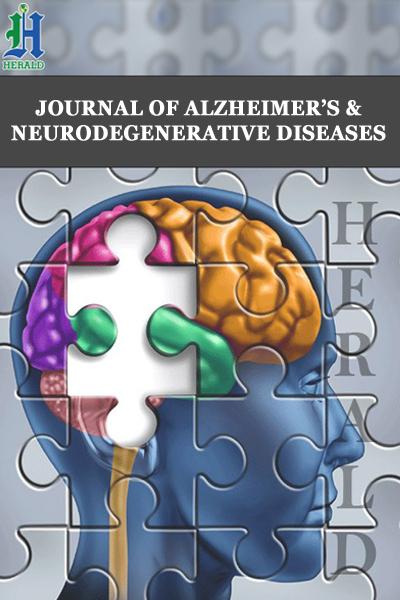
Alzheimer’s Disease
Alzheimer’s disease (AD) is a progressive neurodegenerative disorder and the leading cause of dementia worldwide. Pathologically, it is marked by extracellular amyloid-beta (Aβ) plaque formation and intracellular tau neurofibrillary tangles, leading to synaptic loss, neuronal death, and cortical atrophy, especially in the hippocampus and temporal lobes. Clinically, AD begins with memory impairment and gradually progresses to deficits in language, reasoning, executive function, and behavior. While most cases are sporadic, early-onset familial forms involve mutations in APP, PSEN1, and PSEN2. The APOE ε4 allele is a major genetic risk factor in late-onset cases.
Recent advancements in fluid biomarkers and neuroimaging allow for earlier detection and disease staging. Disease-modifying therapies targeting amyloid and tau are under active investigation, with several agents in clinical trial phases. The journal welcomes research that enhances our understanding of the molecular mechanisms, clinical diagnostics, and therapeutic strategies for Alzheimer’s disease.

